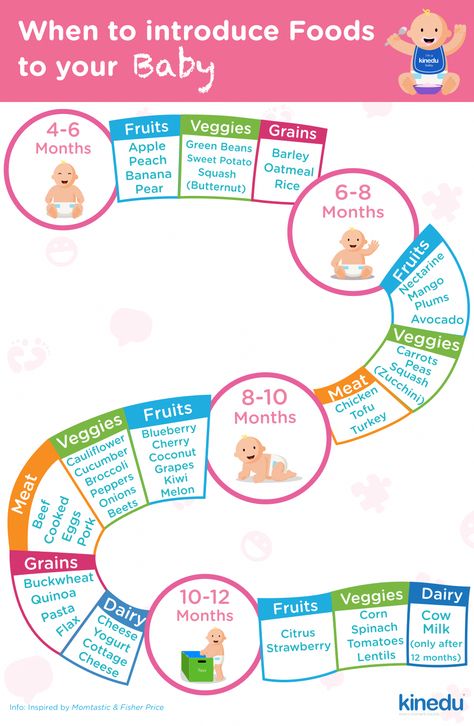Baby waving arms while feeding
Why Is Your Baby Flapping Their Arms?
Your little one is moving and grooving and learning more about how their body works with each passing day. Some of your infant’s movements may seem organized; others, not so much.
Arm flapping may signal that your baby is happy or excited. In other cases, it can be an early sign of autism spectrum disorder (ASD), a movement disorder, or some other health condition.
Here’s how to read your child’s movements, what other signs to pay attention to, and when you should speak with your child’s pediatrician.
The youngest babies are still getting the hang of their limbs. Not only that, but their nervous system is also still developing. As a result, newborn motions are usually jerky and somewhat unpredictable.
In the first few weeks of life, you may notice big arm movements when baby is startled, for example. This is actually a reflex that will fade in time.
Older babies, on the other hand, move around much more. You may see your infant move both arms up and down at the same time or flap their hands at the wrists.
This repetitive motion — also called complex motor stereotypies — is sometimes associated with ASD, sensory issues, or other diagnoses.
However, it can also be observed in children without any of these conditions.
There’s no set pattern or timeline for how often your child may make these types of motions throughout a single day.
Researchers have studied arm movement duration in babies, and for those who follow typical development patterns, the duration of arm movements may be around 1.3 seconds per session.
You probably won’t have a stopwatch out to measure this at home, so you might pay attention to when and why your child flaps their arms as well as other symptoms your child may experience.
Arm flapping can be part of gross motor development. Repetitive behaviors tend to go away when a child is around 12 months old. For children with “atypical” development or health concerns, arm flapping may persist much longer, according to a 2017 study.
There are many possible reasons your baby may be flapping their arms — ranging from simple excitement to potential health concerns.
Noting any additional behaviors or symptoms can help you decode the root of your child’s movements. When in doubt, bring up your concerns with a pediatrician.
Early reflexes
Newborns have certain reflexes that are involuntary. The startle reflex (or Moro reflex) is present in most young infants until they reach around 3 months old.
If your baby is startled by a loud noise, large motion, or anything else, you may notice that both arms fly upward or outward before coming down again, often in a jerky fashion. Your baby’s arms may move up and down as the reflex passes and it may look a bit like flapping.
Colic
Colic is a condition where a young baby cries for at least 3 hours per day for 3 or more days per week, for 3 weeks or longer. A baby with colic may flail or flap their arms or legs while crying.
Other signs your baby may have colic include:
- clenched fists
- an arched back
- legs drawn toward the stomach
- seeming irritated when held
Colic usually happens when newborns are between 2 and 3 weeks old and may continue until your little one is 3 to 4 months old.
Excitement
Babies may flap their hands or arms because they are excited or happy. Since they do not yet have the verbal skills to express their emotions, flapping is a physical way to show how they’re feeling.
You might even notice your baby flapping their arms if they’re experiencing any intense emotion, from happiness to sadness to anger. Flapping is a self-stimulatory (stimming) motion that provides the brain with sensory input to soothe.
While stimming is associated with ASD, most people — including babies — engage in some form of stimming (rocking, fidgeting, thumb-sucking) throughout their day.
Autism
Flapping of the hands and arms is sometimes associated with ASD.
According to the same 2017 analysis mentioned earlier, various studies link arm flapping and self-stimulatory behaviors in infancy with ASD.
Other repetitive stimming motions might include:
- twisting of the arms
- rotating of the wrists
- waving
- wiggling of the fingers
The key here is that these motions continue past infancy.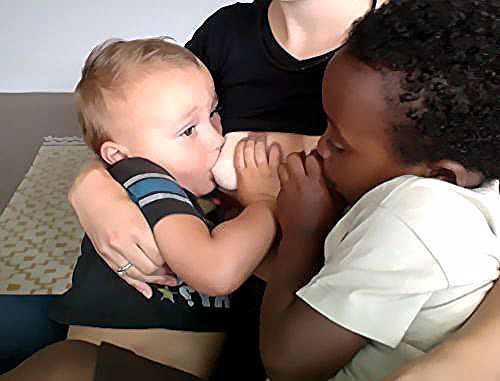 You may also notice other symptoms of ASD that accompany your child’s movements, such as:
You may also notice other symptoms of ASD that accompany your child’s movements, such as:
- communication issues (lack of eye contact, not responding to name, trouble with conversation)
- sleep difficulties
- other repetitive behaviors (insistence on a particular routine, very targeted interests)
Motor disorders
Children who have movement disorders have difficulty moving the way they would like to. With babies, you may notice that they are unable to move a certain way or they have involuntary movements.
Possible movement disorders include things like:
- tremors, or rhythmic shaking of limbs
- myoclonus, or semi-rhythmic jerking muscle movements
- dystonia, or twisting or contorted movements
Other health or learning complications
Other health concerns may also lead your baby to flap their arms.
For example, a child with Angelman syndrome, a genetic condition that affects the nervous system, may have trouble with balance and other motor skills.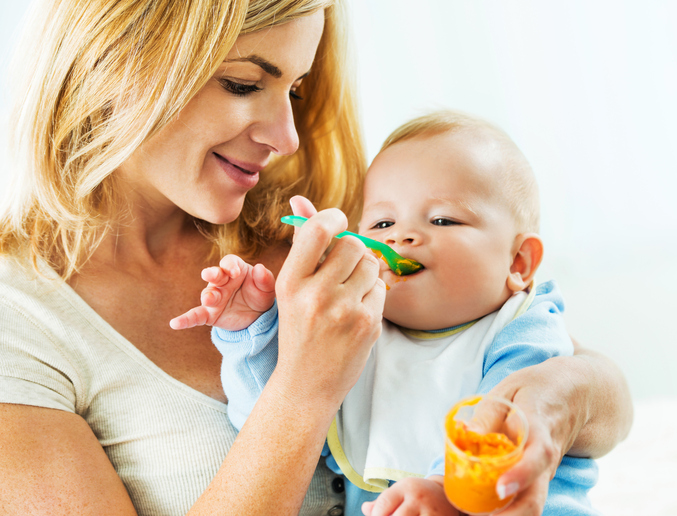 This may cause jerky movements of the arms and stiffness in the legs.
This may cause jerky movements of the arms and stiffness in the legs.
Remember: Arm flapping is not always a reason for concern. Even if your baby is flapping their arms as part of a stimming behavior, you may not need to do anything.
It should be safe to let them continue, unless it is distracting them from play or learning or they are harming themselves or others in the process.
Watch
Infants may flap their arms and hands when they are excited or upset.
If you notice your child is flapping in response to an emotional trigger, it may simply be a physical way to express emotions. They will likely outgrow the flapping in time.
Watch to see when and why your little one is flapping, as well as if the movement stops on your cue. If your baby cannot stop, there may be involuntary movements at play that warrant medical attention.
See a medical professional
You may want to make an appointment with a medical professional if the arm flapping:
- becomes more frequent
- interferes with their everyday activities (like spontaneous play)
- becomes harmful to your little one or others
You can talk with the doctor about any other repetitive motions your baby makes, when and why you think it happens, and any other symptoms you believe may be connected.
It may also be helpful to record a video of the movements you’re concerned about and share them with the pediatrician.
Breathe
Most children will outgrow arm flapping by their second birthdays. And the 2017 study mentioned earlier indicates that repetitive behaviors even fade sooner, often by the time a child is 12 months old.
If your child is in this age range, pay attention to the flapping but understand it’s likely part of your little one’s development. If your child continues arm flapping beyond the toddler years, be sure to mention it to their pediatrician.
There are a number of reasons why your baby may be flapping their arms.
If your infant is young, it may be colic or a newborn reflex that will soon fade away. Older babies are still learning so much about how their bodies work and may flap their arms because they’re overjoyed or feeling some other intense emotion.
However, don’t hesitate to contact your child’s doctor if you have concerns about arm flapping or if your child is showing any other signs of potential health or behavioral concerns.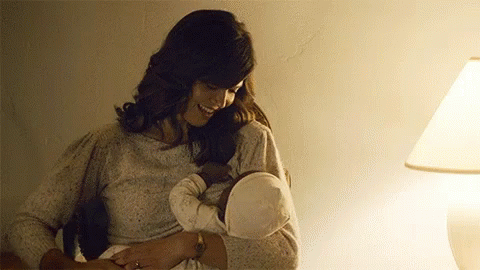
When do Babies Stop Flailing Arms and Legs
Babies are the sweetest things in the world. All they do is smile and coo, right? Well, not always! Baby flailing arms and legs when tired or hungry can be normal behavior for young babies (especially newborns). This blog post will provide you with some information on when babies stop flailing arms and legs.
Many reflexes act as self-defense mechanisms for babies. One such reflex is the Moro reflex, which causes a baby to flail their arms legs when they feel like they might be falling or moving away from something scary (e.g., an unfamiliar noise or sudden introduction of best stroller they aren’t familiar with) The purpose of this movement is to help them maintain their balance and to get a sense of where they are with the ground.
The Moro reflex is one reason why babies might want to move their arms around when they’re tired or hungry because it’s often hard for them to reach things that would help with these needs on their own. Additionally, the baby may not be able to position themselves in the way they need to achieve a sense of security.
Additionally, the baby may not be able to position themselves in the way they need to achieve a sense of security.
In This Article
- Why Does My Baby Flail Her Arms?
- Is it normal for babies to flail their arms and legs?
- When do babies control their arms?
- How can I help my baby stop flailing his arms?
- What does it mean when a baby constantly kicks his legs?
- What is Moro reflex in newborns?
The baby may have a low tolerance to being in one position for too long. Babies need to move their arms and legs often because it helps with the blood flow throughout their body, keeping them healthy. Baby flailing her arms when feeding is also common since babies sometimes are not getting enough milk from breastfeeding or formula (or they might just need to burp).
Moving the Baby’s arms and legs when feeding may also help by stimulating the baby’s gut. This can make things easier for both you and your baby. Baby flailing her arms while tired is normal behavior as well because it helps them stay awake, which in turn will get them their much-needed rest if they have been having trouble sleeping.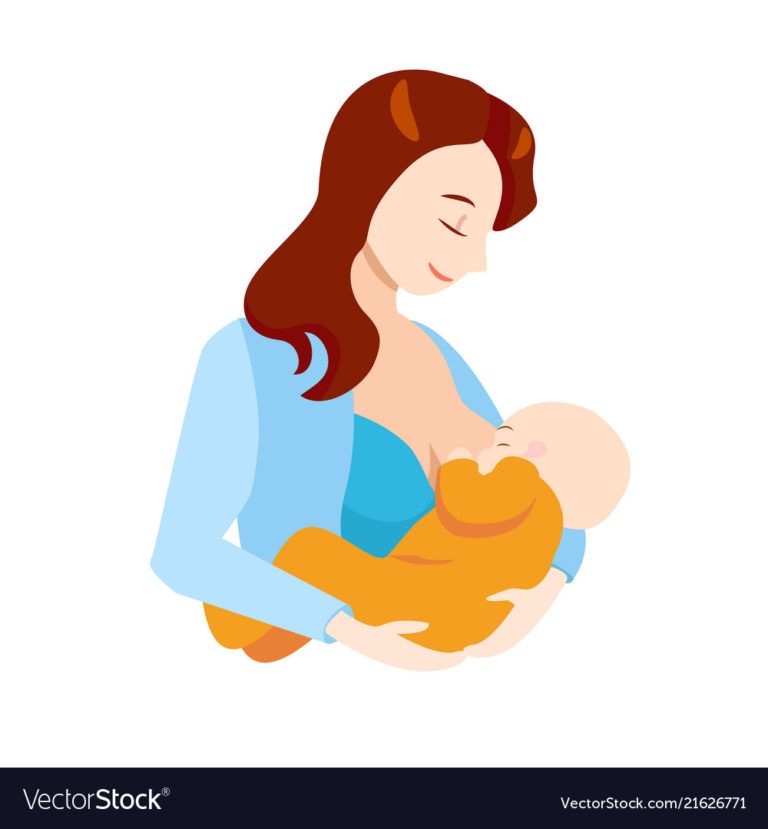 Baby flailing arms and legs is not something to worry about, but it’s always good to ask your doctor for advice if the behavior continues past two weeks of age.
Baby flailing arms and legs is not something to worry about, but it’s always good to ask your doctor for advice if the behavior continues past two weeks of age.
Is it normal for babies to flail their arms and legs?
Yes, it’s normal for babies to flail their arms and legs when they are tired or hungry. Baby flailing her limbs might also be a sign the baby is developing typically (and not experiencing any disabilities).
Your baby may have an underlying medical condition causing this behavior if she always does so in different situations. It’s always a good idea to talk to your doctor if you are worried or have questions about why the baby is flailing her arms and legs.
As mentioned before, it’s normal for babies to move their limbs often because it stimulates blood flow throughout the body, keeping them healthy. Baby flailing arm when feeding could be due to not getting enough milk from breastfeeding or formula. Baby flailing her arms while tired might be because they are trying to stay awake so that they can sleep more and get their much-needed rest if the baby has been having trouble sleeping. Baby flailing limbs is not something to worry about as long as the behavior doesn’t last after two weeks of age, but it’s always a good idea to ask your doctor for advice if you are worried or have questions about why the baby is flailing her arms and legs.
Baby flailing limbs is not something to worry about as long as the behavior doesn’t last after two weeks of age, but it’s always a good idea to ask your doctor for advice if you are worried or have questions about why the baby is flailing her arms and legs.
A baby may be experiencing an underlying medical condition causing this behavior if they always do so in different situations. Baby might also experience developmental delays, which is always worth mentioning when talking to your doctor.
When do babies control their arms?
Babies will usually stop flailing their arms and legs when they can control them. The baby may be experiencing developmental delays as well, which is worth mentioning when talking to your doctor.
By the time a baby is about 8 to 10 months of age, he or she should have developed enough coordination in his muscle system that allows him or her to use their arms and legs more efficiently. Baby flailing limbs is not something to worry about as long as the behavior doesn’t last after two weeks of age, but it’s always a good idea to ask your doctor for advice if you are worried or have questions about why the baby is flailing her arms and legs.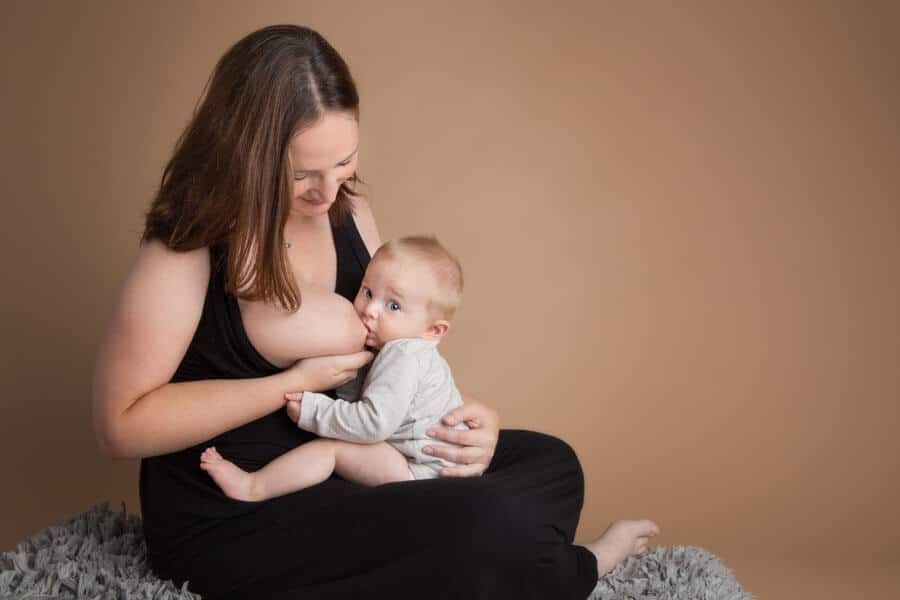
The baby may be experiencing an underlying medical condition causing this behavior if they always do so in different situations. Baby might experience developmental delays as well, which is worth mentioning when talking to your doctor.
How can I help my baby stop flailing his arms?
You can help Baby stop flailing his arms is by giving them a toy or something else they can focus on. when she becomes tired or hungry, you can try giving Baby something to focus on or hold. A baby may also be experiencing developmental delays.
There are a few ways you can help your baby stop flailing his arms:
– Offer them food or drink if they seem hungry. Baby might also need to be burped, which is where the air gets pushed out of their stomach and back up into their mouth before feeding time starts again.
– If it seems like the baby is tired and just needs a chance to sleep, try rocking them back and forth or rubbing their tummy. It might also help if you offer baby support by sitting on the floor with your knees up so they can rest against them while wrapped in a blanket or swaddled in one of those fabric “sacks. ”
”
– If it seems that the baby is experiencing discomfort, try offering them a pacifier.
– Try changing the way you are holding your baby to see if it affects their behavior and flailing limbs. For example, when feeding or nursing them on the side of your body as opposed to over one shoulder could help with this issue.
What does it mean when a baby constantly kicks his legs?
A baby kicking his or her legs may be a sign that the baby is developing typically (and not experiencing any disabilities). It’s also possible that Baby might have an underlying medical condition causing this behavior if he always does so in different situations. A reflex, such as when feeding, can cause babies to kick their legs because it helps with blood circulation. It’s always a good idea to talk with your doctor if you are worried or have questions about why the baby is kicking his legs.
Babies don’t usually kick their legs as much when they are sleeping due to the reflex called Plantar response, which causes babies to curl up in a fetal position while asleep and move his or her feet upwards towards the stomach. Sometimes baby’s kicking of limbs is because he wants attention from mommy or daddy since it often happens when they are trying to feed, so the kicking may be a sign of hunger.
Sometimes baby’s kicking of limbs is because he wants attention from mommy or daddy since it often happens when they are trying to feed, so the kicking may be a sign of hunger.
What is Moro reflex in newborns?
The Moro reflex is a newborn reflex that causes your baby to open his or her mouth, bring up one arm and sometimes cry when placed on the stomach. The Moro reflex happens because it mimics the position of an infant in their mother’s womb. It usually occurs for about five minutes before stopping by itself.
Moro Reflex
- – Baby flailing arms and legs is a normal reflex that helps them stay awake.
- – It’s always good to ask your doctor for advice if the behavior continues past two weeks of age.
- – As long as the behavior doesn’t last after two weeks, it’s not something worth worrying about but a good idea to talk with your doctor if you have questions.
- – Baby might experience developmental delays as well, which is worth mentioning when talking to your doctor.

- – It’s possible that baby may be experiencing an underlying medical condition causing this behavior if they always do so in different situations.”
Why a baby often wakes up during sleep at night or during the day
At present, the importance of sufficient sleep for a child is not in doubt. Insufficient or restless sleep not only makes children irritable or whiny, but also negatively affects the overall development of the child, and can also lead to various, including serious diseases. This is a drop in visual acuity, tremor of the limbs, headache, intestinal upset, etc. Of course, they will not occur if the child did not sleep well once, but if this happens for a long time, this is fraught with the most serious consequences. nine0003
What is the optimal amount of sleep? It depends on age: the younger the child, the more hours of sleep he needs. On the issue of specific values for the duration of sleep for an infant, one can rely, for example, on the data of the American National Sleep Foundation, which makes the following recommendations:
- from 0 to 3 months - 14-17 hours;
- 4 to 12 months - 12-15 hours.

This is about the total duration of sleep. But, as we know, during sleep, a person alternates between different phases of sleep, each with its own duration. The sleep of a healthy person begins with the first stage of slow sleep, lasting 5-10 minutes. After that, the second stage of slow sleep begins, lasting about 20 minutes, after which the 3rd and 4th stages, again phases of slow sleep, successively replace each other for 30-45 minutes. After completion of stage 4 of slow wave sleep, the sleeper again goes through stage 2 of slow wave sleep, after which the phase of REM sleep begins, lasting about 5 minutes. The sequence described above is one cycle, and during the entire period of sleep, these cycles are repeated with a gradual decrease in the time of non-REM sleep and an increase in the duration of REM sleep. nine0003
Isolation of stages or phases of sleep is not something formal, each stage is characterized by its own characteristics of the work of all human organs and systems. In order for sleep to be truly beneficial, the child should not wake up at some stage of sleep, interrupting the cycle, i.e. the sleep cycle should be complete and such cycles for an infant should be at least 10-12 per day. Only in this case, his physiological development will proceed correctly.
In order for sleep to be truly beneficial, the child should not wake up at some stage of sleep, interrupting the cycle, i.e. the sleep cycle should be complete and such cycles for an infant should be at least 10-12 per day. Only in this case, his physiological development will proceed correctly.
But we all know very well that a child can sleep peacefully, snoring for several hours in a row, and maybe very restless. What does it depend on? First of all, the child wakes up in case of hypothermia or overheating. nine0003
The mechanism of thermoregulation in an infant is not yet well developed. In order for the child to be comfortable, his body must be in thermal balance, i.e. the generation of heat must correspond to its consumption. The formation of heat in a newborn child is due to the breakdown of brown fat (available only in children), this heat is always generated, including when the child is comfortable. If the baby begins to freeze, its blood vessels narrow and ... And this is where the difference between a child and an adult arises. The child does not have a layer of subcutaneous fat, as a result of which heat loss does not stop even after the vessels have narrowed. Therefore, having started to freeze, the child will not be able to slow down this process otherwise than by turning on another mechanism for the formation of heat for this - due to the movement of the limbs, the child begins to actively move his arms and legs and wakes up. nine0003
The child does not have a layer of subcutaneous fat, as a result of which heat loss does not stop even after the vessels have narrowed. Therefore, having started to freeze, the child will not be able to slow down this process otherwise than by turning on another mechanism for the formation of heat for this - due to the movement of the limbs, the child begins to actively move his arms and legs and wakes up. nine0003
But the child must not overheat. However, the process of sweating is still not pronounced enough, and as a result, the child overheats very quickly. And the baby's overheating is even more insidious than its hypothermia. When hypothermia, the child cries, actively waves his arms and legs, but when overheated to critical temperatures, he practically does not betray his condition. It is completely wrong to consider an infant only a smaller copy of an adult, its thermoregulation mechanisms have not yet been developed, and therefore the main task of parents is to create the most comfortable microclimate for it in terms of temperature and humidity. nine0003
nine0003
The most difficult thing is to control hypothermia and overheating of a baby during a walk in the cold season. How is it now recommended to control the comfort of the baby? Visually, by the color of the nasolabial triangle and its general condition. But when you can understand something by these signs, the child will already freeze or overheat. You can also open the baby and touch the back of his neck. And if the child is sleeping, you will wake him up, unwind him, which, due to the imperfection of his thermoregulatory processes, will most likely lead to his hypothermia. In addition, if you do this often, then there can be no question of any healthy sleep, the correct alternation of its phases. nine0003
But today the development of microelectronics makes it possible to solve the problem of controlling the temperature under a child's clothes very easily - with the help of wireless data transmission. To do this, a miniature thermometer with data transfer functions is placed under the baby's clothes, and the temperature readings are sent to a special application on the mother's mobile phone. It is very convenient and allows you to precisely control the comfort of the baby at any time without disturbing his sleep.
It is very convenient and allows you to precisely control the comfort of the baby at any time without disturbing his sleep.
This thermometer with Bluetooth data transmission is the latest development of our company RELSIB WT52, with which you can not only control the temperature under the baby's clothes, but also the temperature of the air in the room and the water in the bath while bathing. nine0003
See all baby care products:
|
Bluetooth - Thermometer RELSIB WT52 (Checking the temperature of water, air and under the clothes of the baby during walks) |
Bluetooth - Thermohygrometer RELSIB WH52 (Temperature and relative humidity control in the room and under the baby's clothes during walks) |
Bluetooth - Thermometer RELSIB WT51 (Temperature control for preparing baby food, outdoor temperature before a walk) |
EClerk-Eco Meter (Air quality monitoring, including temperature, humidity, carbon dioxide content) |
| nine0077 |
See articles:
|
Thermometer RELSIB WT52 is indispensable for walking |
How to properly bathe a baby |
How to prevent asthma in children |
The easiest way to health or The importance of air quality control |
Alexander Glukhov
why this happens and what needs to be done
When parents first encounter this phenomenon, they can be seriously alarmed. What is it - a symptom of a neurological disease or just whims? In most cases, when the baby arches, throwing his head back, there is nothing to worry about. But there are situations when the intervention of a specialist is necessary. nine0003
What is it - a symptom of a neurological disease or just whims? In most cases, when the baby arches, throwing his head back, there is nothing to worry about. But there are situations when the intervention of a specialist is necessary. nine0003
What you need to know if the baby throws his head back and arches
| The baby arches and throws his head back, but does not show displeasure | Most likely there is nothing to worry about. Perhaps he is trying to see something up or behind his back, or learning new skills. In some cases, this may be a manifestation of hypertonicity. In the first six months, this may be within the normal range, but if such phenomena are observed frequently or persist for a long time, you should see a doctor. nine0044 |
| The child shows anxiety | A lot here depends on the general condition of the baby. He may arch and whimper if his back is itchy or his nose is stuffy. More vivid signs of discontent will be if the child is tormented by colic, pain, or he is frightened.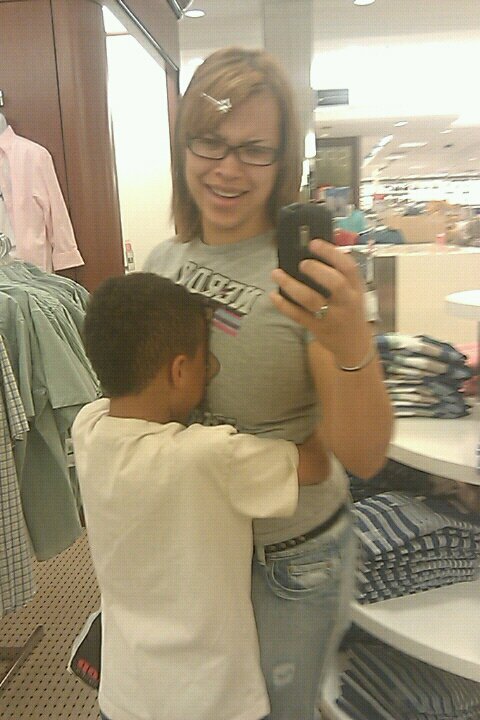 If you cannot find the cause and / or this condition recurs often, you need to see a doctor for a diagnosis. If you cannot find the cause and / or this condition recurs often, you need to see a doctor for a diagnosis. |
Variants of the physiological norm
In some cases, the child can pull the back of the head back for the simplest reasons: he is studying his body and the world around him. But there may be other reasons as well. nine0003
Below, we will consider in more detail all situations where “acrobatic stunts” are a physiological norm.
Hypertonicity in infants under 6 months
Physiological hypertonicity of the limb flexors in children under 6 months of age is considered normal. The fact is that at this age the maturation of the nervous system is still ongoing.
Mastering the skill
Baby mastering the skill of turning over on his stomach. In this case, the child lies on his side and throws his head back, trying to roll over from his back to his stomach. You can help the baby: throw one leg over the other crosswise in the direction where the child wants to roll over. After this, the baby must himself complete the coup with the upper body. nine0003
After this, the baby must himself complete the coup with the upper body. nine0003
Hysterical
Often the baby, rolling in hysterics, arches, throws back his head, bursting into heart-rending crying. There is nothing wrong with this, take the baby in your arms and try to calm him down. You need to understand what alarmed him and eliminate the cause.
Affective-respiratory attacks
This is the name of the phenomenon when, for some reason, the child stops breathing for a short time. Often, such attacks are accompanied by tantrums, but they can also be provoked, for example, by fright or a sudden change in the environment (for example, when immersed in cold water). What it looks like: the child “rolls up” in a cry, his neck extensor muscles tighten, his torso arches, the nasolabial triangle turns blue, and at the height of the cry, the breath is suddenly held while inhaling, the skin turns blue (1). After a few seconds, the child comes to his senses, breathing becomes regular. nine0003
nine0003
These seizures can occur in healthy children during the first year of life and are usually harmless. But if such situations are repeated often and, perhaps, for no apparent reason, you should consult a doctor to rule out various diseases.
Colic and bloating
A nightmare for parents of babies under the age of 3-4 months. Colic is also a variant of the norm, since intestinal motility in a child is not yet fully developed.
During colic, the baby screams heart-rendingly, arches and throws back his head, blushes strongly, clenching his fists and twisting his legs (2). The abdomen is hard and swollen, the child may refuse to eat. There are several ways to help a baby:
- gently massage the tummy,
- apply a clean diaper, ironed with a hot iron,
- give medicine for colic (only after consulting a doctor!).
If the baby is breastfed, the mother should take a closer look at her diet and exclude foods that increase gas formation: cabbage, legumes, carbonated drinks, chocolate. In the most extreme cases, the use of a gas outlet tube is acceptable.
In the most extreme cases, the use of a gas outlet tube is acceptable.
Runny nose
It happens that with a runny nose, when it is difficult for an infant to breathe, he begins to arch and worry. Try to help the baby by raising his mattress by 30 degrees to improve the outflow of mucus, and also monitor the humidity and air temperature in the room where the child sleeps.
Trying to find a sleeping position
Sometimes babies arch their backs and tilt their heads back, trying to get comfortable before going to bed. The fact is that in the womb, children are often in unnatural positions, and in the first months of life they can unconsciously repeat them. nine0003
Other reasons
If the child is arching but not complaining, he may be trying to look at toys hanging over him.
Try to hang the mobile and rattles so that the child does not have to dodge to look at them. Keep in mind that if the toys are hung too close to the baby's face, it may adversely affect his vision.
In addition, the child may arch for very banal reasons: perhaps his back or neck itches. nine0003
When the child should be seen by a pediatrician or a neurologist
What to do if you are convinced that the baby does not suffer from colic, have tried all the ways, but the baby does not calm down and continues to cry and arch, throwing his head back? To relieve yourself of anxiety, seek the advice of a pediatrician or neurologist.
Let's consider situations when such behavior of the baby may indicate health problems.
Increased intracranial pressure
Sometimes, if the pregnancy was complicated, the child developed intrauterine hypoxia, or there was a difficult delivery, then in the first months the baby may have increased intracranial pressure, due to which he will arch, throw back his head and cry. If intracranial pressure is suspected, it is urgent to show the baby to the doctor to avoid complications.
If intracranial pressure is suspected, it is urgent to show the baby to the doctor to avoid complications.
CSF hypertension symptoms
Irritability, tearfulness, constant crying for no apparent reason, negative reaction to bright lights or loud sounds. Also, often increased intracranial pressure is accompanied by convulsions, profuse regurgitation after feeding. The baby sleeps little and constantly wakes up, when he screams, his lips and chin tremble violently, and the nasolabial triangle also turns blue. In severe cases, the baby's fontanel swells and protrudes, strabismus develops. nine0003
Raised intracranial pressure can sometimes be a symptom of a serious illness, such as meningitis, which develops atypically in young children.
Muscular hypertonicity
Arching of the back and tilting of the head may be a sign of muscular hypertonicity in a child. Often, hypertonicity is a consequence of oxygen starvation, fetal hypoxia during pregnancy or during prolonged labor. The most severe consequences can be encephalopathy and cerebral palsy. nine0003
The most severe consequences can be encephalopathy and cerebral palsy. nine0003
Muscle tension can be all over the body or affect only one side of the baby's body. Parents should be alerted not only by the frequent arching of the child and throwing back the head, but also by the violation of the grasping function. Muscle hypertonicity is a reason to show the child to a doctor who, if necessary, will prescribe a course of treatment and massage.
Torticollis
Tilt-back of the child's head can also be caused by torticollis (a pathology of the musculoskeletal system in the neck, due to which the child's head deviates to the side or can be turned to the side). Parents should be alerted if the child's head is always in the same position, and when you try to turn it in the other direction, the child worries and cries. Torticollis requires mandatory treatment, which includes wearing a special collar, massage courses and physiotherapy. nine0003
Meningeal syndrome
A complication may occur as a result of otitis media if treatment is started late.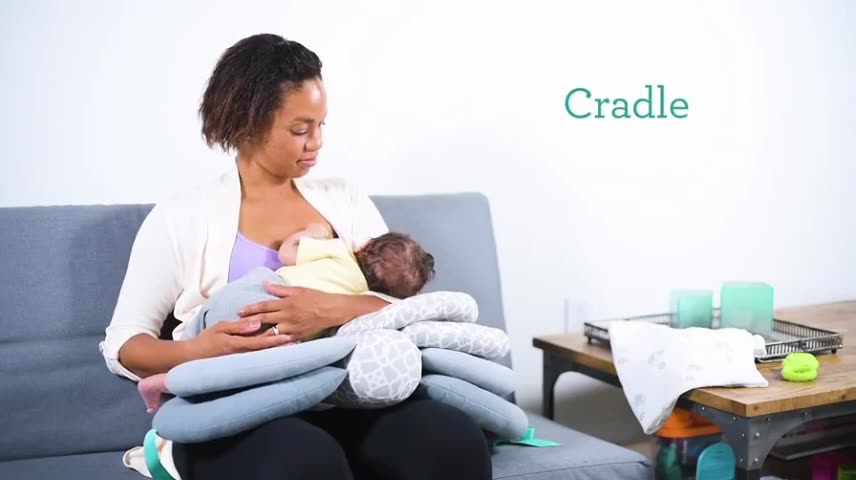 This is due to the underdevelopment of the structures of the middle ear in young children.
This is due to the underdevelopment of the structures of the middle ear in young children.
In this case, the child throws back his head unconsciously, trying to alleviate his condition (3). The following symptoms may also be observed:
- convulsions,
- vomiting,
- confusion,
- decreased motor activity.
You must go to the hospital immediately.
Epilepsy
During an epileptic seizure, the child may arch, throwing back his head strongly, and freeze in this state for a while. After the attack passes, the child relaxes, begins to cry, urination or defecation occurs. Treatment of epilepsy is prescribed only by a doctor and takes place under medical supervision.
Cerebral palsy
If a child arches their back frequently for no apparent reason, this may be a sign of a pathology such as cerebral palsy (4). But other characteristic signs should also be observed:
- developmental delays (late crawling, sitting, walking, talking),
- low or increased muscle tone,
- problems with speech and swallowing, with only one hand, limps at an older age).

Some of these signs may also be observed in healthy children, but if something worries you, it is worth taking the child to specialists in order to rule out a problem or start treatment in time. nine0003
Diagnosis
Photo: Andrey Arkusha, globallookpress.comIf you are concerned that the baby often arches and throws his head back, it is better to seek advice from a doctor who will determine reliably whether this is a norm or a pathology. The doctor will listen to complaints, ask how the pregnancy, childbirth and the first days of the child's life proceeded, specify how often and under what circumstances the baby throws his head back, whether he cries or behaves calmly, whether the nasolabial triangle turns blue, whether the fontanel swells. nine0003
If necessary, the doctor can prescribe tests and examinations:
- general blood and urine tests,
- neurosonography (ultrasound of the brain through the fontanel),
- electroencephalography (to rule out epilepsy).
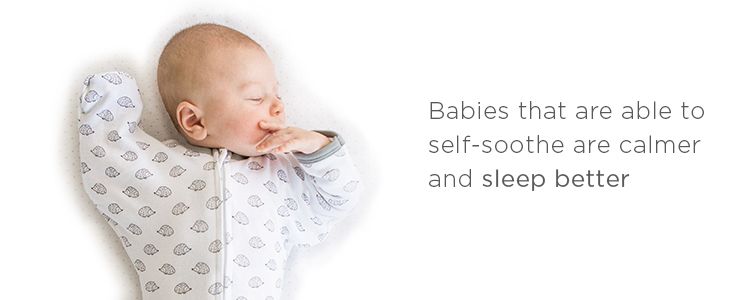
However, CT and MRI scans are extremely rare for young children, since these studies are performed under general anesthesia so that the child is completely immobile.
Frequently asked questions and answers
Our expert answers readers' frequently asked questions, Veronika Oranskaya, neurologist, epileptologist, member of the League of Evidence-Based Medicine.
The baby throws back his head and arches after feeding - what can it be?
Sometimes tilting the head back after eating or only in a horizontal position during sleep can be a manifestation of the so-called Sandifer's syndrome, which occurs due to gastroesophageal reflux (reflux of stomach contents into the esophagus). Requires medical advice and treatment.
Can tilting the head be a symptom of a child's vision problem? nine0030
If for some reason (myasthenia gravis, oculomotor neuropathy, congenital feature) the child cannot raise the upper eyelid, he will tilt his head back.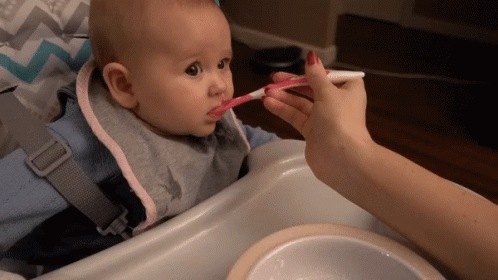
What other possible pathologies can the tilting of the head and arching of the child indicate?
Sudden paroxysmal tilting of the head may be epileptic seizures. A forced constant tilt of the head back may indicate a brain tumor. When combined with an increase in temperature, tilting the head back may indicate meningitis. But most often the reasons for head tilt are all benign: the child doesn't like something, he is learning to roll over, or he just wants to look at something that is behind his head. If in doubt, consult a doctor. nine0003
Sources
- Age-dependent manifestations of neuroses in children. M.Yu. Bobylova // Pediatric practice. 2007. URL: https://medi.ru/info/11859/
- Infantile intestinal colic. Modern data. N.I. Ursova // Questions of modern pediatrics. 2011. URL: https://cyberleninka.ru/article/n/mladencheskie-kishechnye-koliki-sovremennye-dannye/viewer
- Features of the treatment of acute otitis media during the Covid-19 pandemic.



